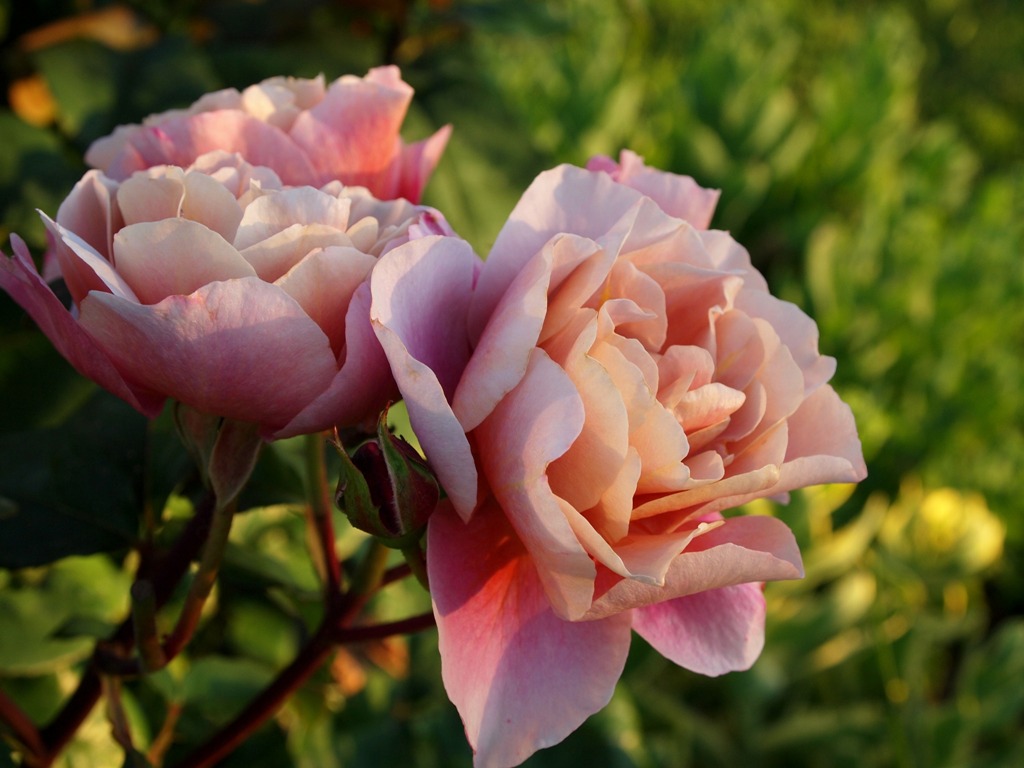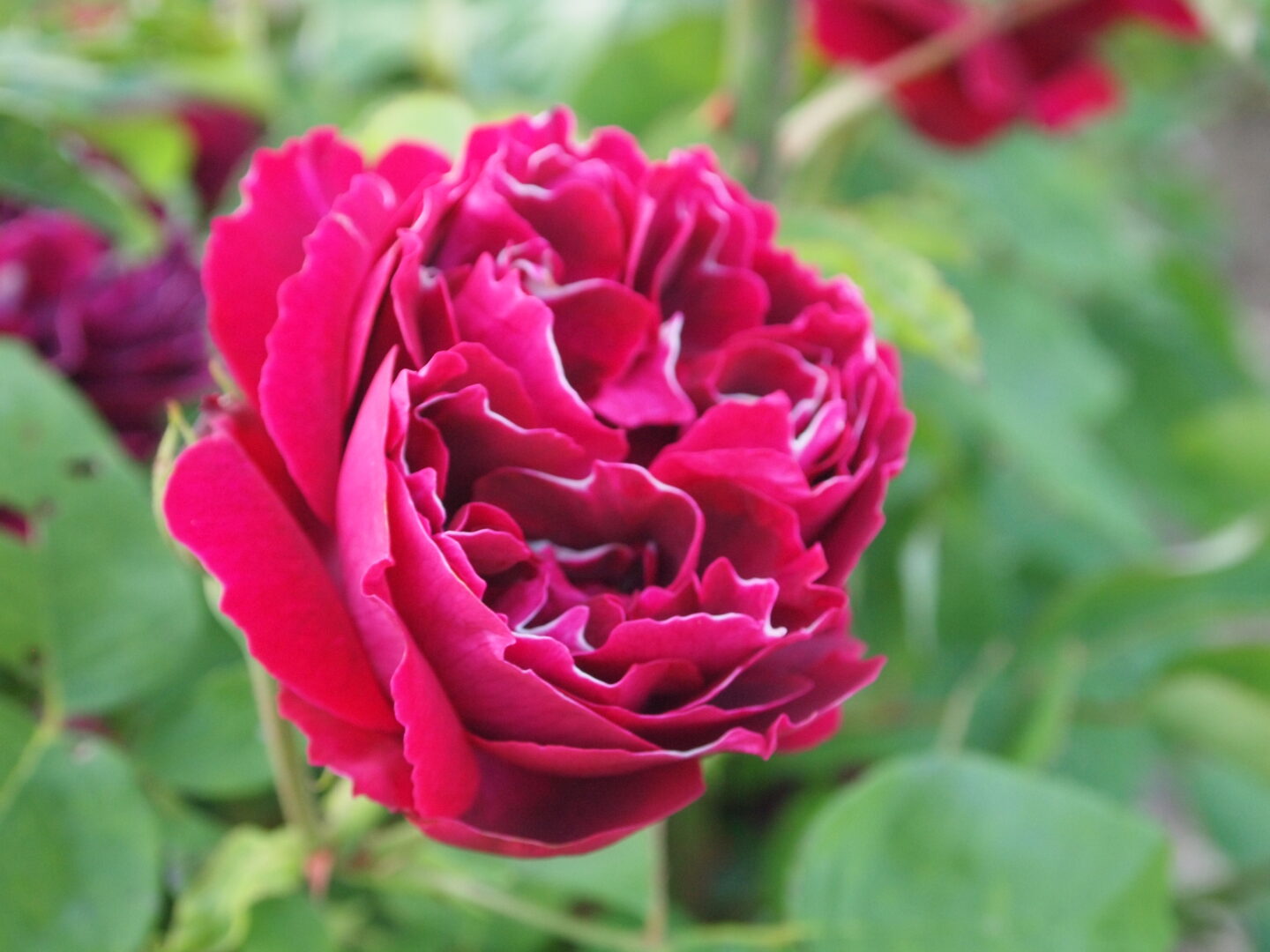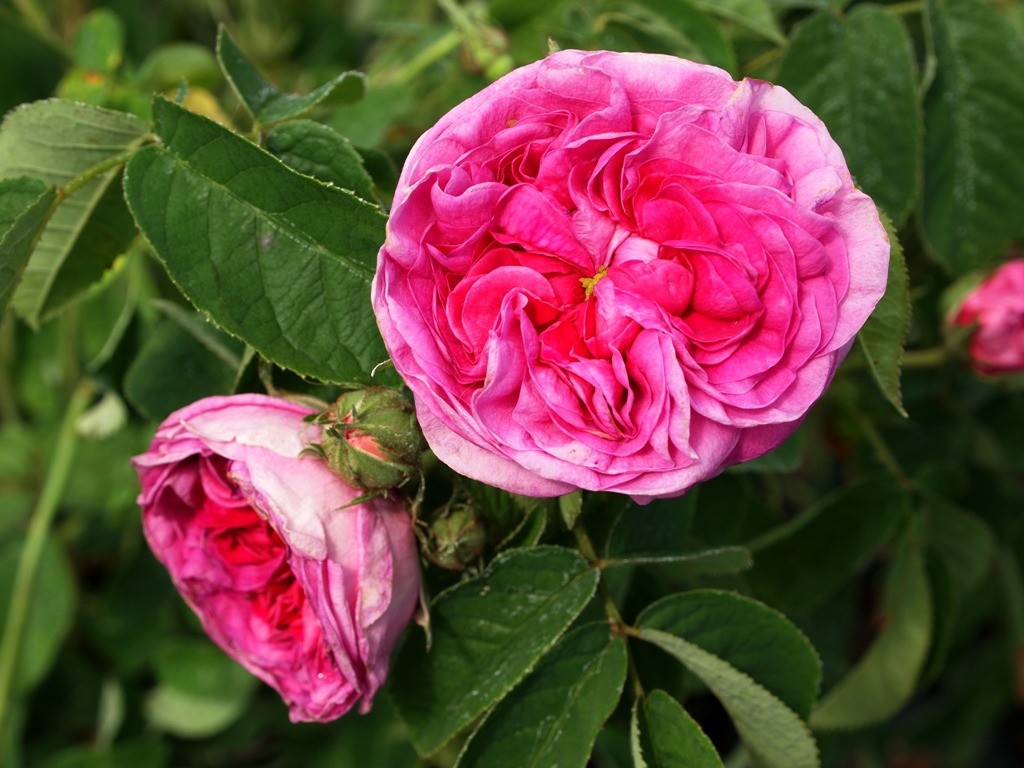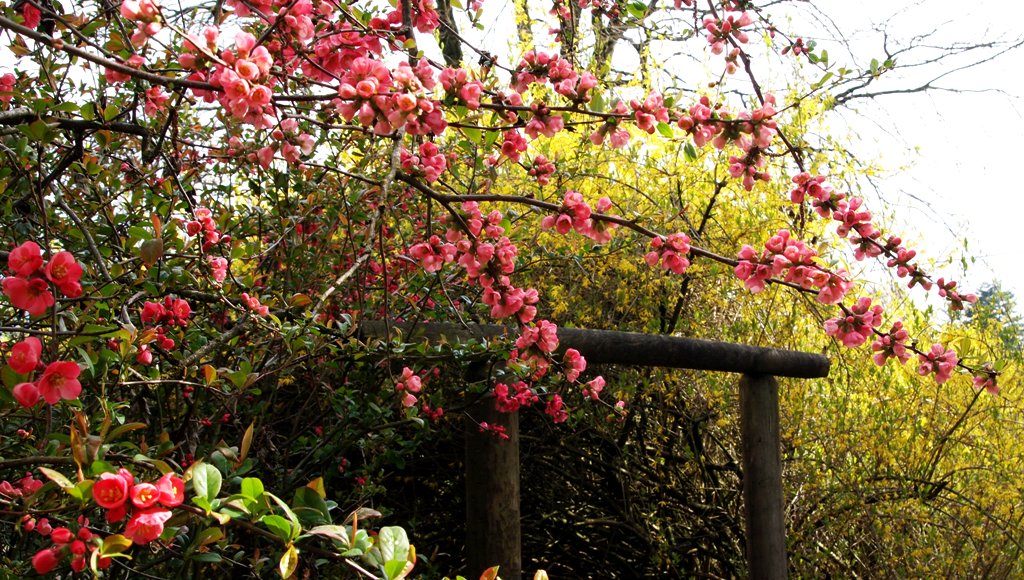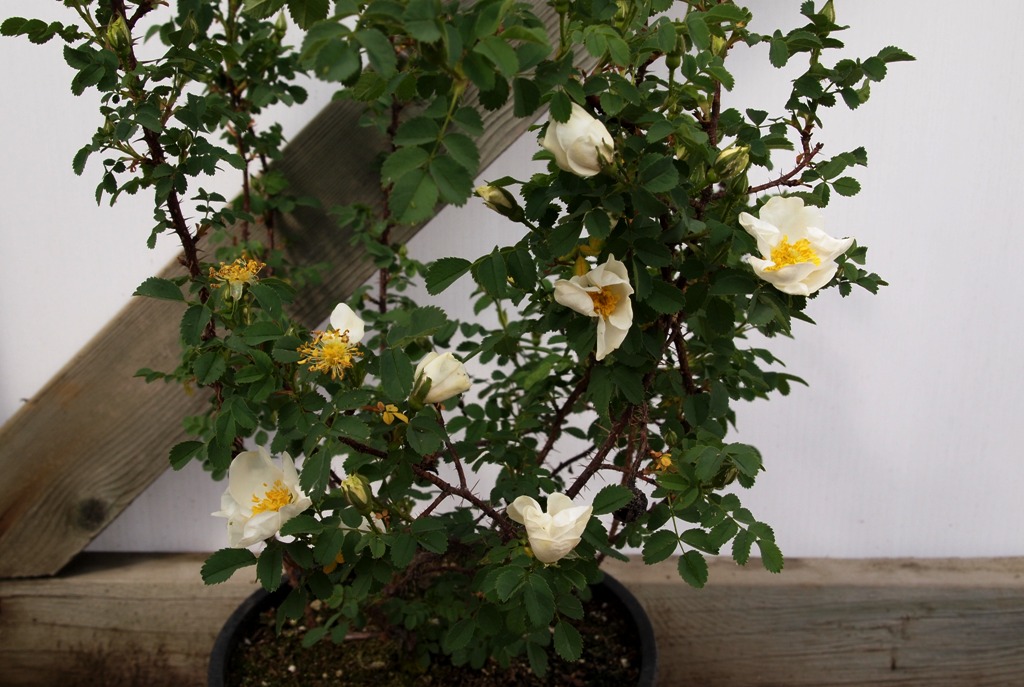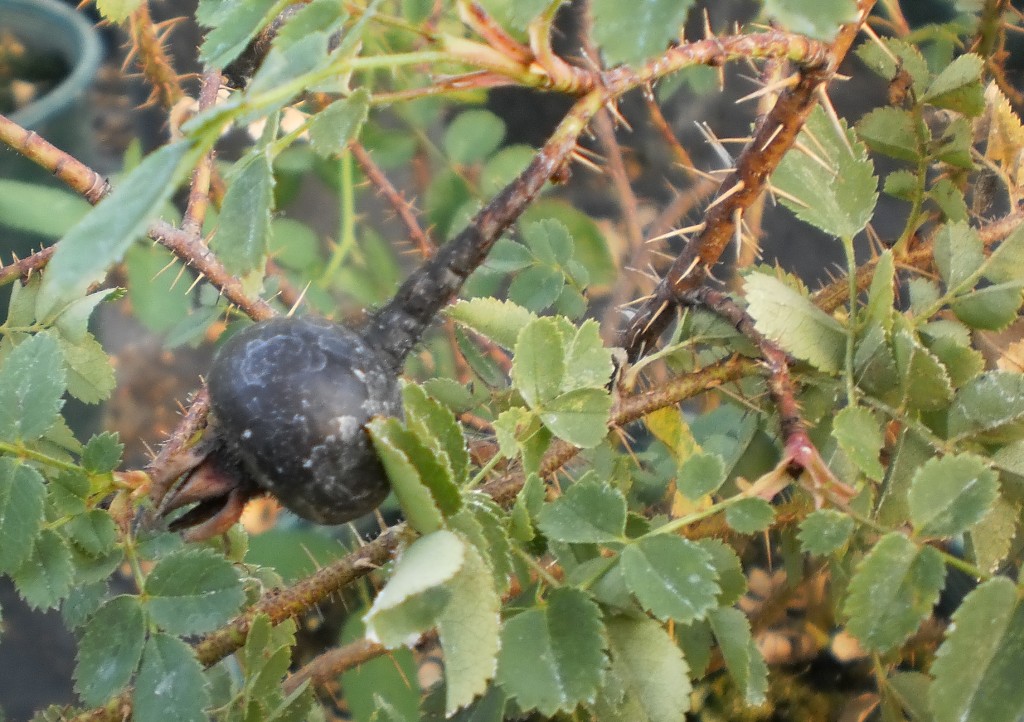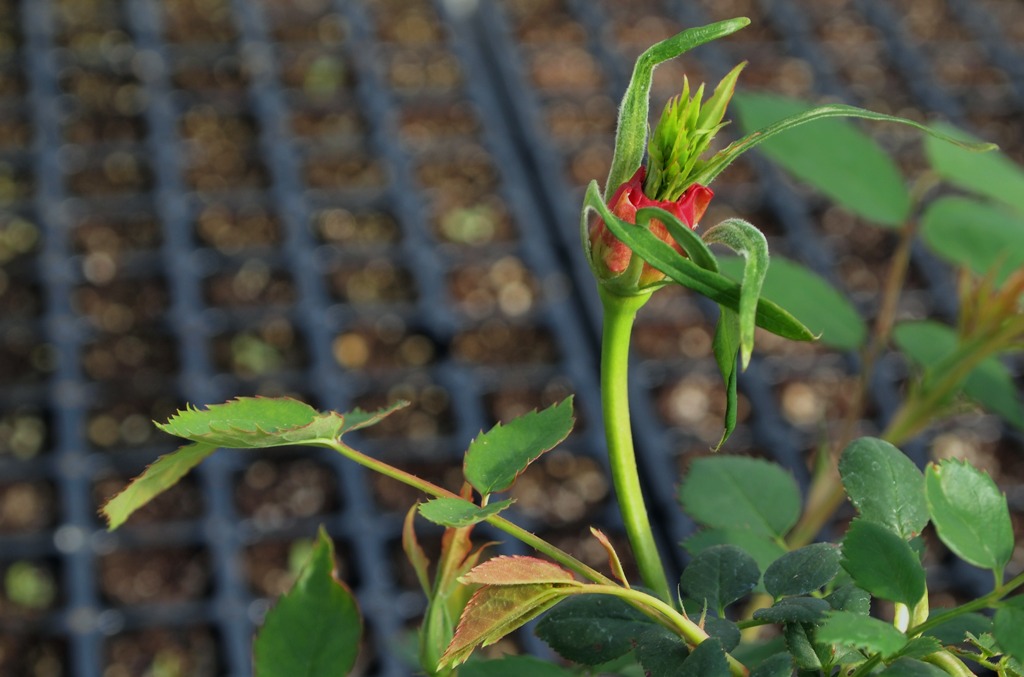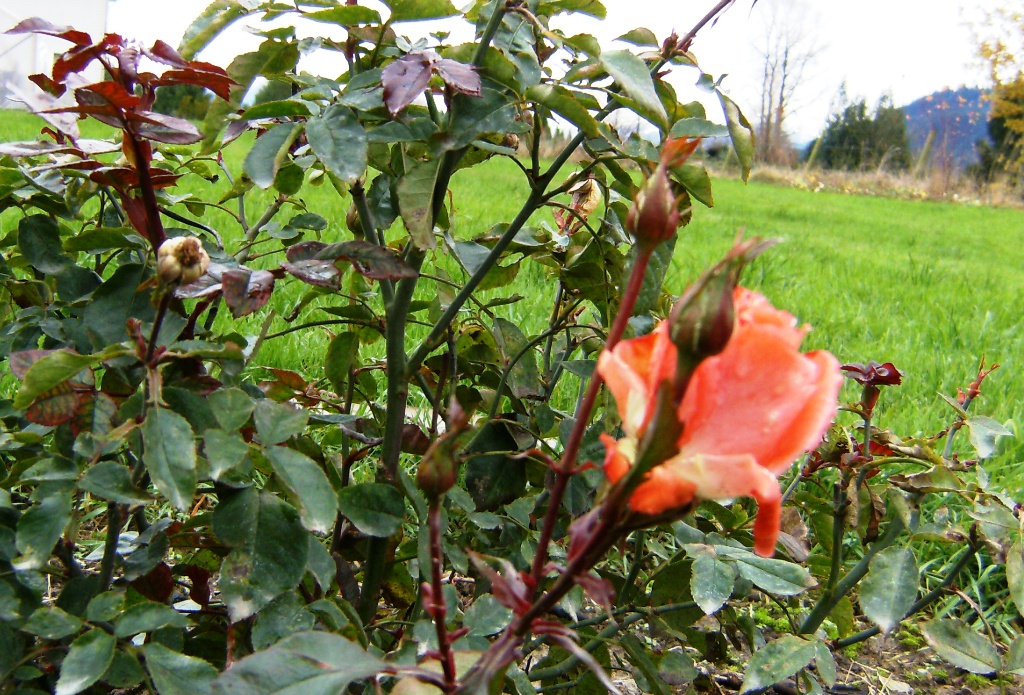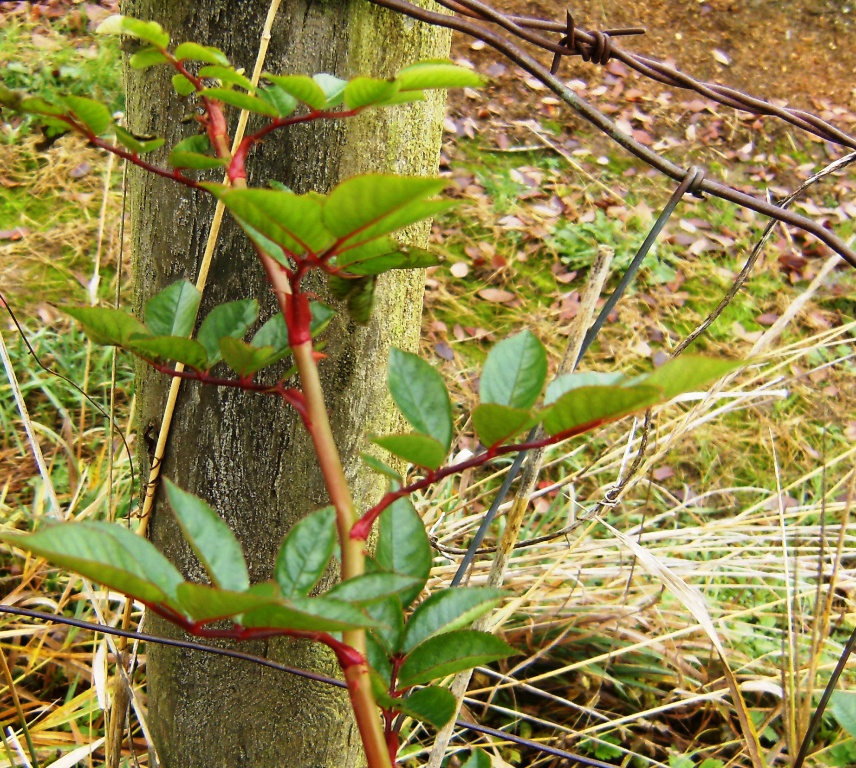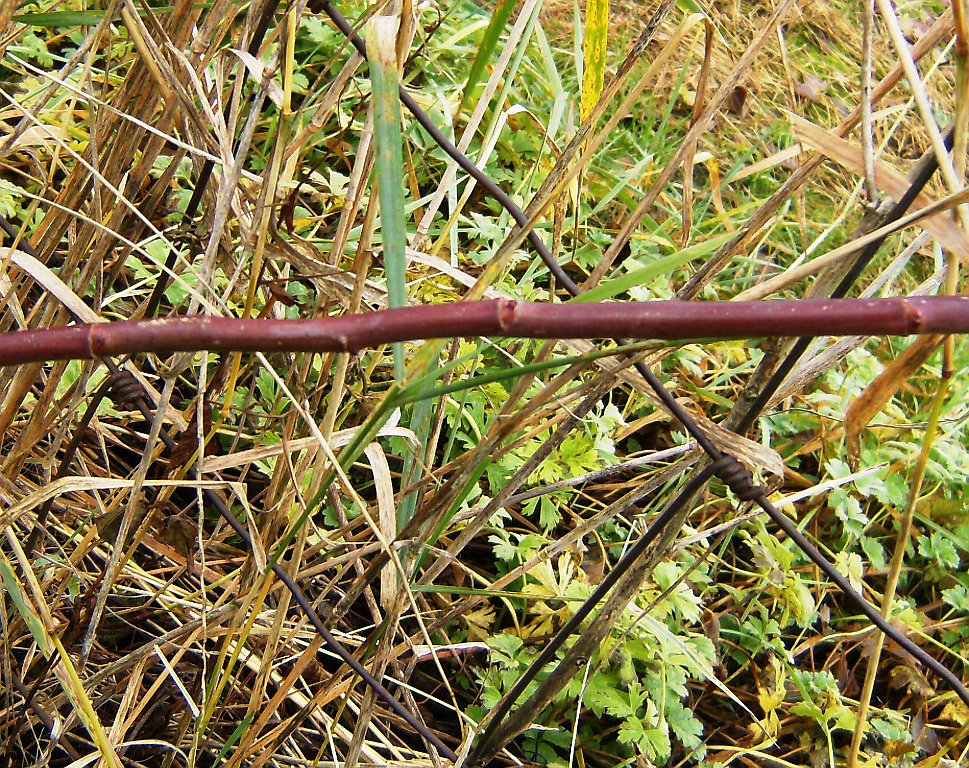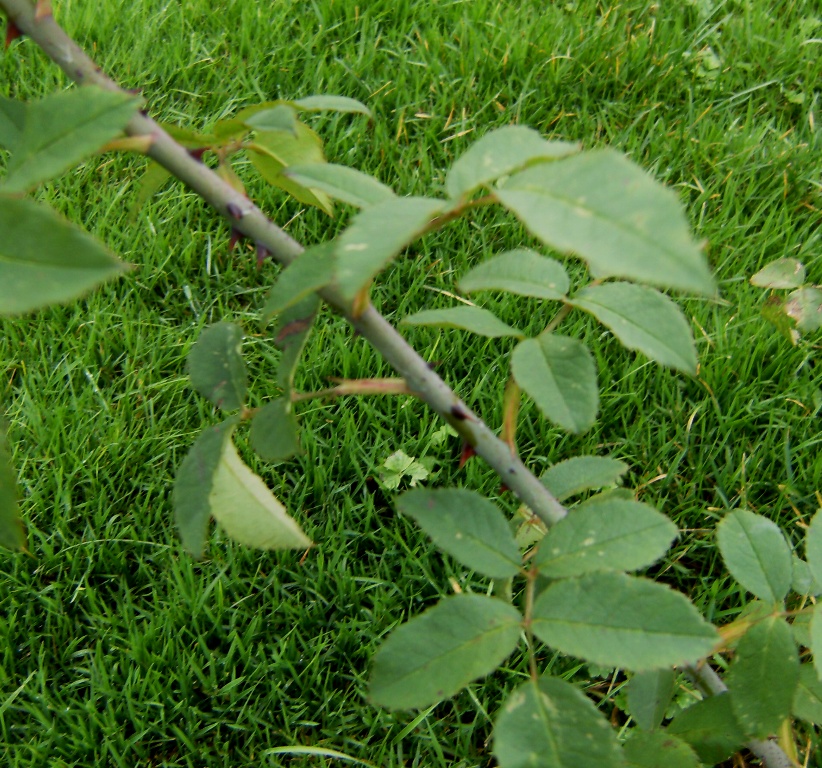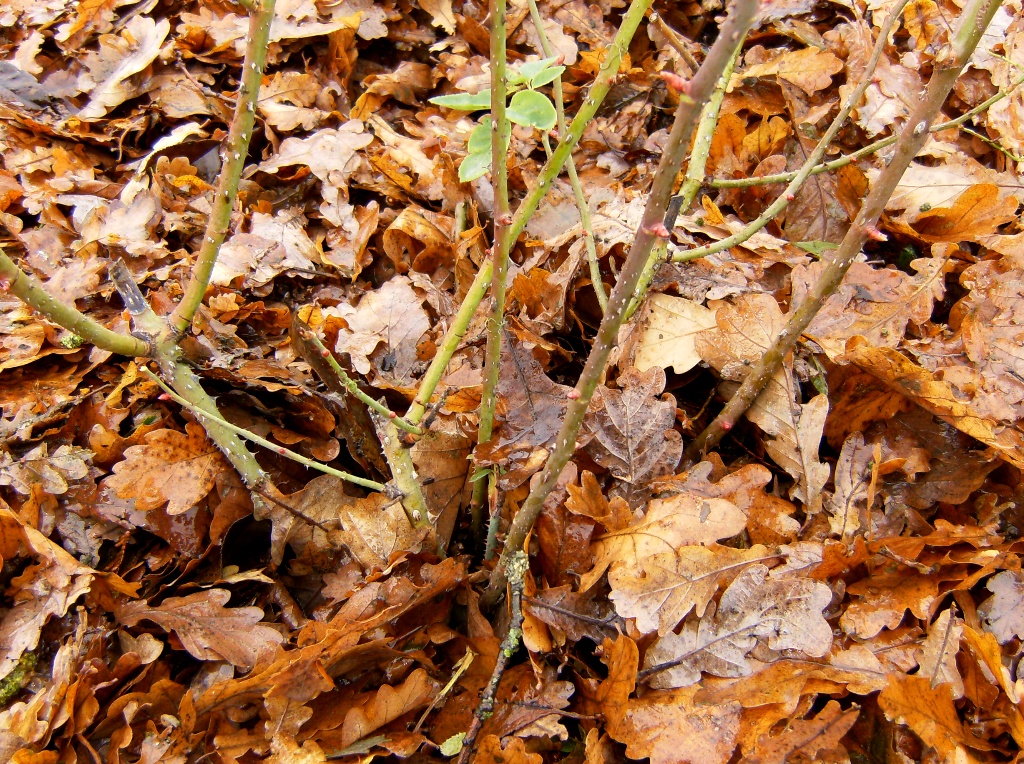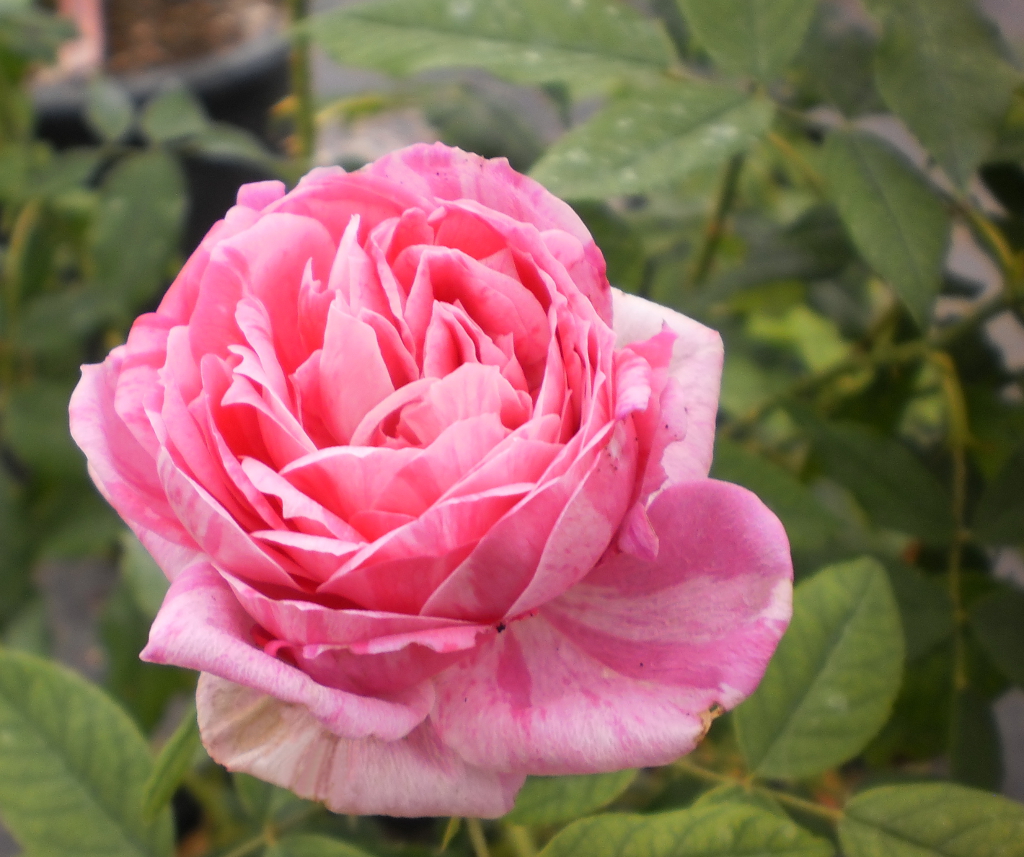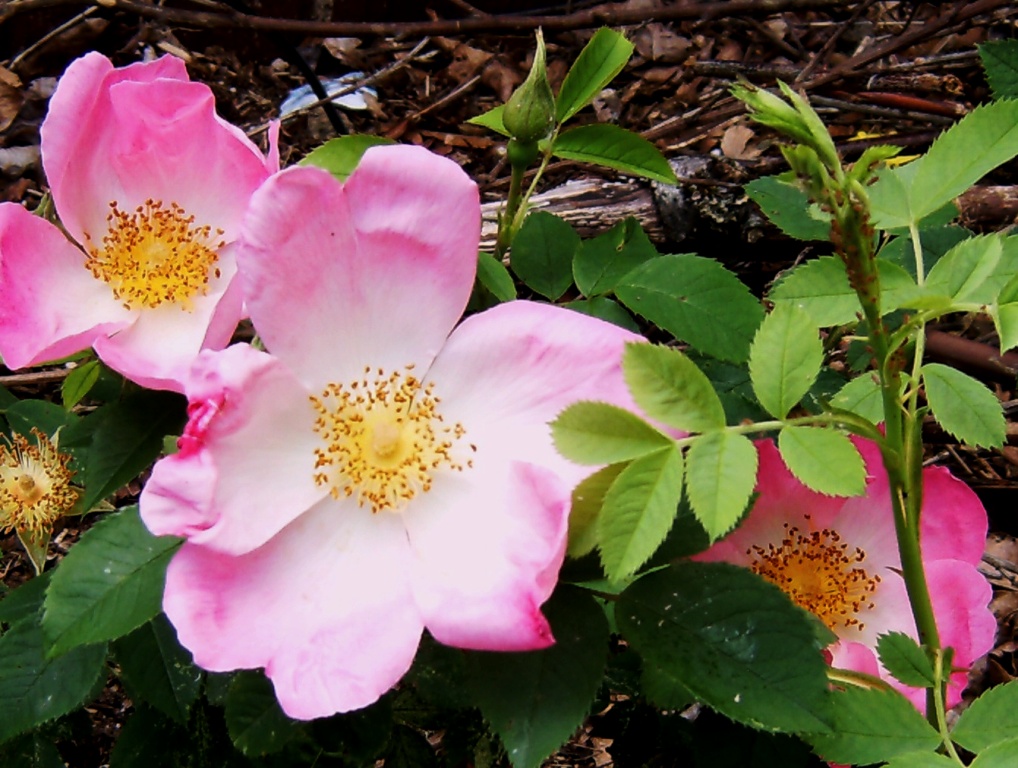Griffith Buck bred this rose as part of his program to create a class of roses that had large flowers like the hybrid tea or grandiflora roses, but were more resistant to disease. While he may have made progress towards that goal, this rose is notable for one reason: the colour. Depending on the weather, the huge flowers can open in various depths of pink with an unusual russet or tan glow to the inner petals. It then fades out through pink, lavender and towards white.
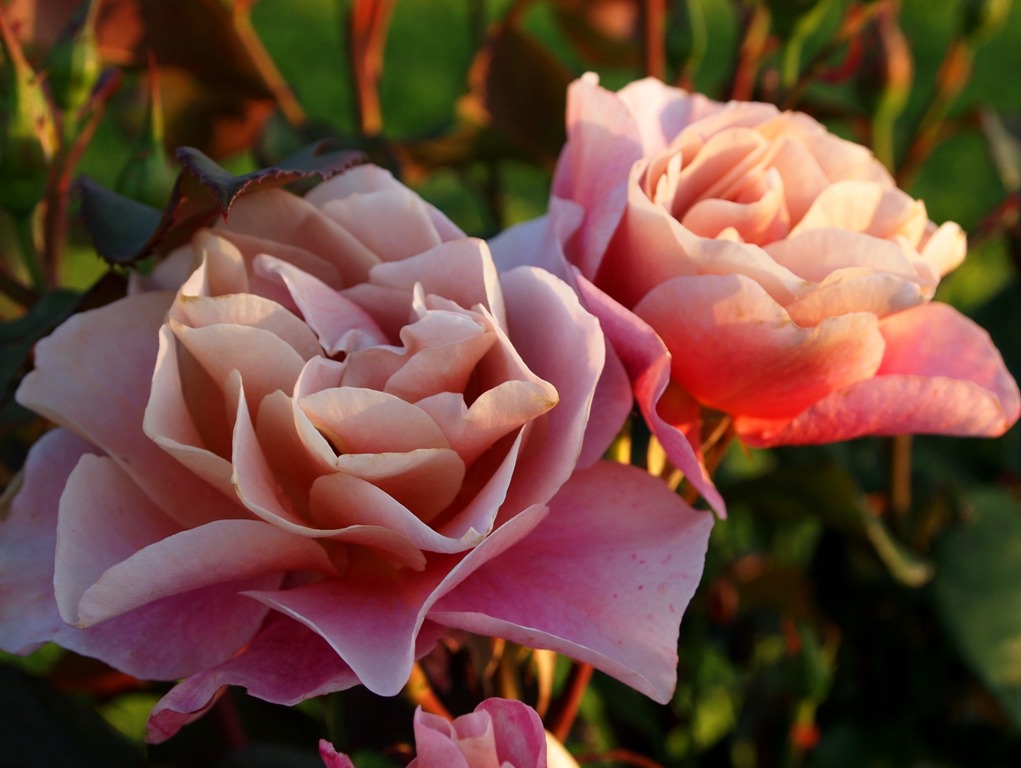 The depth of this and complexity of this colour never fails to draw comment from visitors to my garden. The shrub itself is tidy and compact, to 3 or 4 feet in height, with the flowers held in clusters above a dense mass of leaves. Clear away spent flowers and hips, and Distant Drums will bloom again reliably. I planted this one with a cool looking ninebark shrub (Physocarpus) called “Mahogany Magic” to give some immediate interest to the front garden bed.
The depth of this and complexity of this colour never fails to draw comment from visitors to my garden. The shrub itself is tidy and compact, to 3 or 4 feet in height, with the flowers held in clusters above a dense mass of leaves. Clear away spent flowers and hips, and Distant Drums will bloom again reliably. I planted this one with a cool looking ninebark shrub (Physocarpus) called “Mahogany Magic” to give some immediate interest to the front garden bed.

